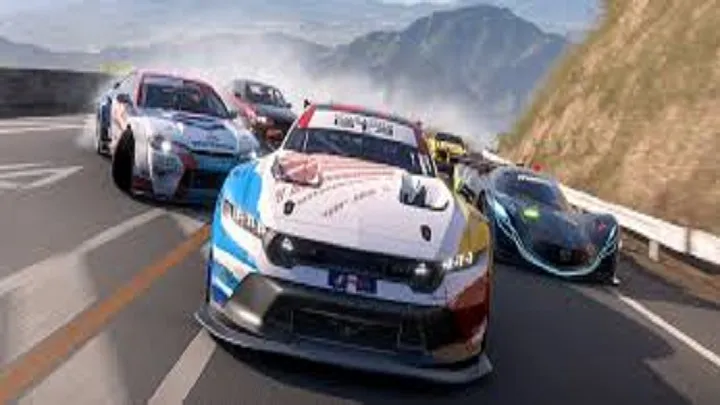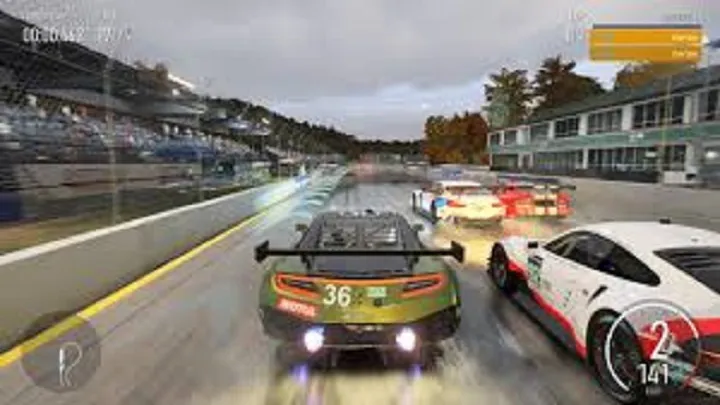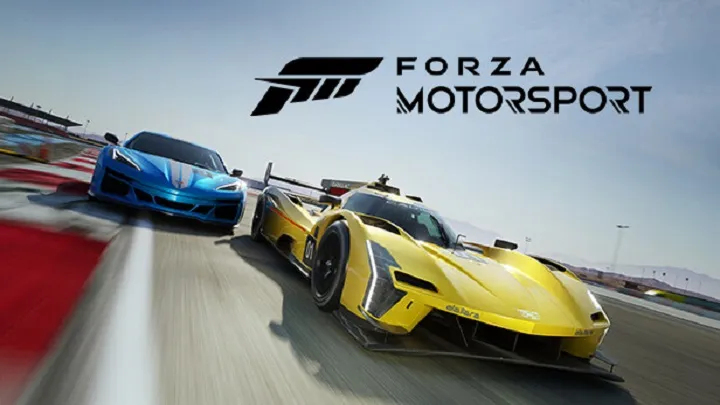Introduction
Forza Motorsport has long been a staple in the racing simulation genre, balancing accessibility with technical realism. With the latest entry, developers turned their attention to adding depth through features like tire wear and fuel management. On paper, these systems make the experience more immersive, forcing drivers to think beyond just speed. But in practice, they create a deeply debated issue within the community. Tire degradation and fuel usage affect not only how players approach each race but also the broader competitive environment. This article explores this issue across different stages of gameplay, showing why it matters, who it benefits, and how it changes the soul of Forza Motorsport.
The First Encounters with Tire and Fuel Strategy
For new players, the first exposure to tire wear and fuel mechanics often happens during career events. Early races introduce simple stints where wear is minimal, giving players time to learn without overwhelming complexity.
At first, the system feels novel. Players are forced to pit strategically, choose tire compounds, and adjust refueling. The idea of planning around something other than pure speed feels refreshing. But this early stage only hints at the deeper consequences awaiting in longer races and multiplayer competition.

The Shift from Arcade Feel to Simulation Depth
Forza Motorsport historically sat between arcade-friendly gameplay and hardcore simulation. Tire and fuel systems push the game further toward simulation. While some celebrate this shift, others find it intimidating.
The change becomes clear when casual players realize races can be lost not from poor driving but from mismanaging pit stops. The balance between realism and fun starts to show cracks, with different audiences responding in different ways.
Mid-Game Career Events and Strategy Walls
By the mid-game, players face career events that demand more serious management. Harder AI drivers exploit pit strategies, forcing players to think about when to conserve tires or risk aggressive stints.
This is often when frustration arises. The added complexity feels like a wall for those who just want to enjoy fast racing. Instead of focusing on skillful overtakes, players might find themselves calculating fuel consumption rates lap by lap.
Multiplayer and the Real Pressure of Strategy
The system’s biggest impact is felt in online multiplayer. Human opponents understand strategy differently than AI, making every pit stop decision feel critical.
Here, tire and fuel management can be thrilling, creating tension that extends beyond the track. But it also leads to imbalance: players with deeper knowledge of mechanics gain huge advantages, often overshadowing raw driving skill. This sparks debates about fairness in competitive play.
Psychological Tension and Player Identity
The issue is not just mechanical, but psychological. Tire degradation introduces uncertainty — a player leading comfortably may suddenly lose grip, creating anxiety and unpredictability.
Some thrive under this pressure, enjoying the mental chess match. Others find it demoralizing, as unpredictable factors strip away their sense of control. This tension defines how players identify themselves: as strategists or pure racers.
Community Reactions and Divided Opinions
Forums and social media show a clear divide. Enthusiasts praise the system as a necessary step toward realism, comparing it to professional motorsport. Casual fans argue it slows the game’s pace and creates unnecessary complexity.
The community often splits into two camps:
- Realism seekers who want Forza Motorsport to rival hardcore sims like iRacing.
- Casual fans who see Forza as a hybrid, not a pure simulation.
This debate highlights a deeper question about the franchise’s identity.
Developer Intentions and Balancing Acts
Developers have been clear: the goal was immersion. Tire and fuel systems encourage thoughtful racing and immersion in motorsport culture. Yet balancing realism and accessibility remains tricky.

Updates and patches often tweak wear rates and fuel burn to prevent overwhelming players. These adjustments show developers recognize the controversy but remain committed to the feature.
Long-Term Impact on Esports
Esports is where the issue matters most. Competitive racing thrives on skill clarity, where the fastest driver wins. Tire and fuel management complicates that formula.
On one hand, it adds depth, making races more exciting to watch. On the other, it risks alienating newcomers and creating a skill barrier that discourages growth in the esports scene. Forza Motorsport’s place in competitive gaming may depend on how this balance evolves.
Lessons for the Future of Racing Games
The debate offers lessons for future racing titles. Developers must decide whether realism should come at the cost of accessibility. Games like Forza often serve dual audiences: casual players and simulation enthusiasts.
One possible path is offering more customizable systems. Allowing players to toggle wear and fuel settings could preserve both audiences without sacrificing design integrity. This lesson may shape the future of the franchise.
Personal Adaptation and Player Growth
Ultimately, the issue pushes players to grow. Those who embrace tire and fuel management learn patience, adaptability, and strategy. They discover victories that come not just from speed but from foresight.
For others, adapting means rethinking expectations. Accepting Forza Motorsport as a slower, more methodical game leads to deeper enjoyment. Those unwilling to adapt may move to other titles, but those who stay find a richer, if more demanding, experience.
Conclusion
The tire wear and fuel management system in Forza Motorsport is more than a gameplay mechanic — it is a crossroads for the franchise’s identity. It forces players to choose between embracing realism or rejecting complexity. It divides the community, tests patience, and shapes competitive racing.
While controversial, the system also elevates Forza Motorsport into new territory. It challenges players to think like real drivers, not just virtual racers. The result is a game that may not please everyone, but for those who adapt, it delivers one of the most authentic motorsport experiences available today.

















